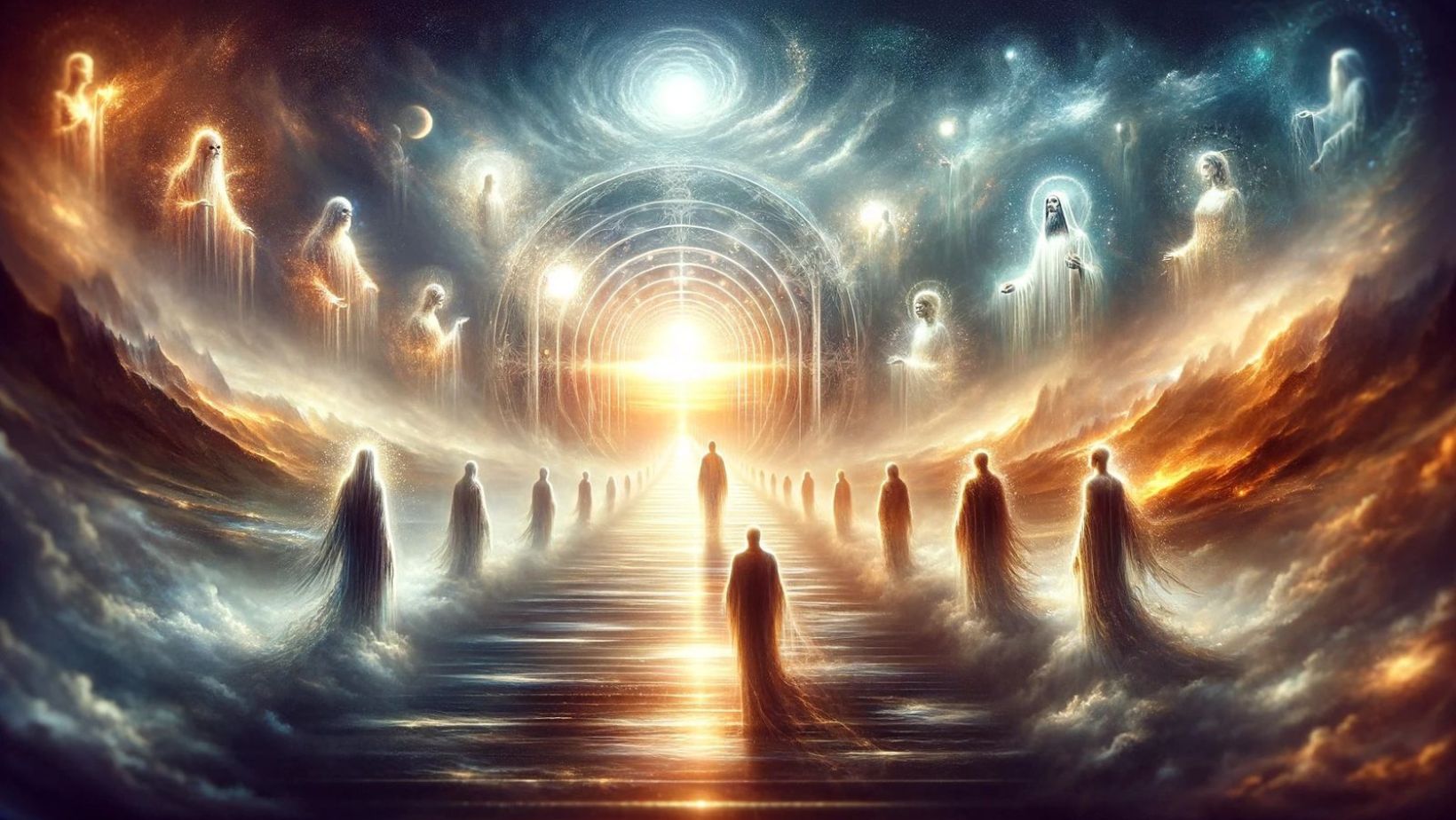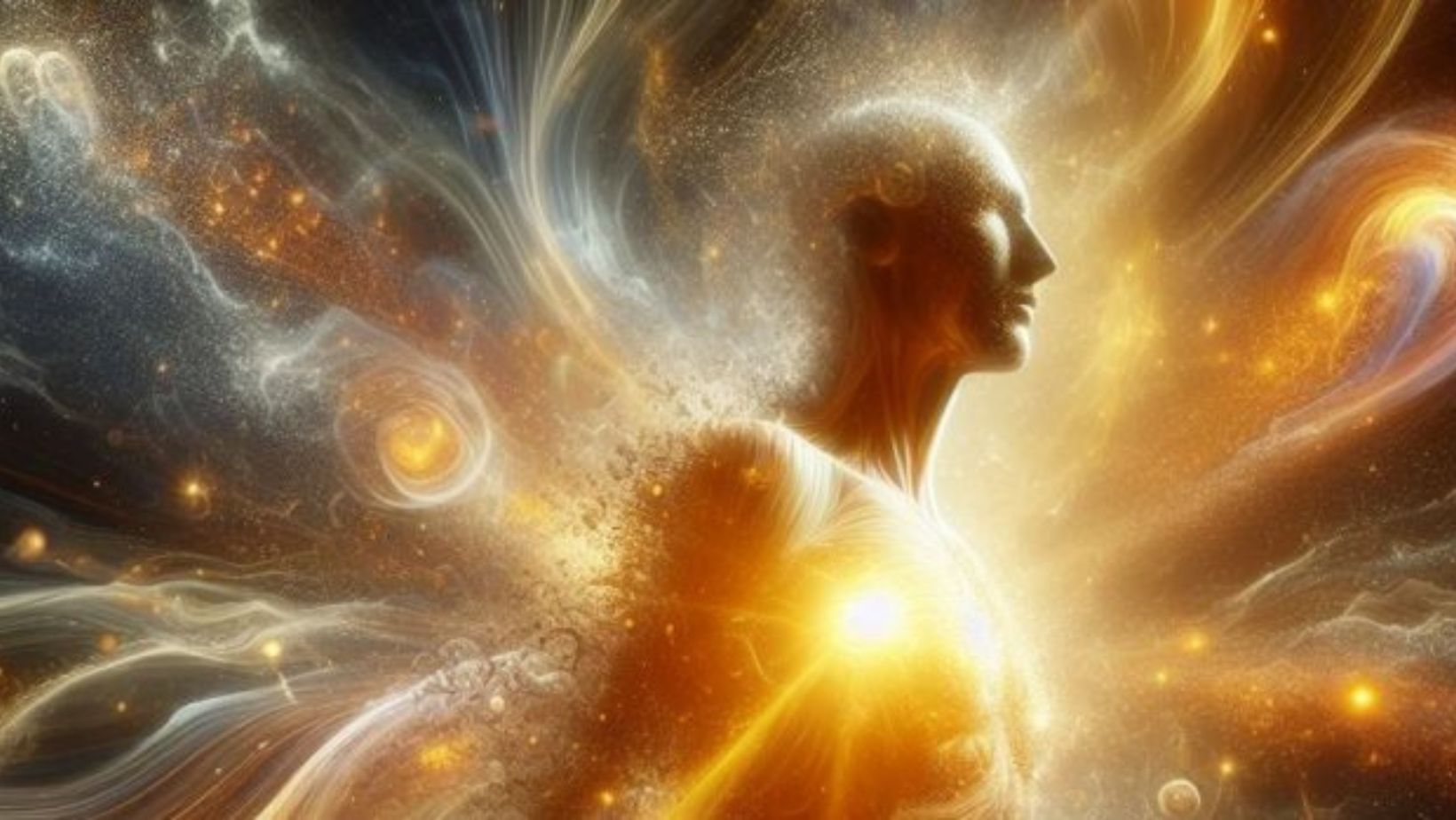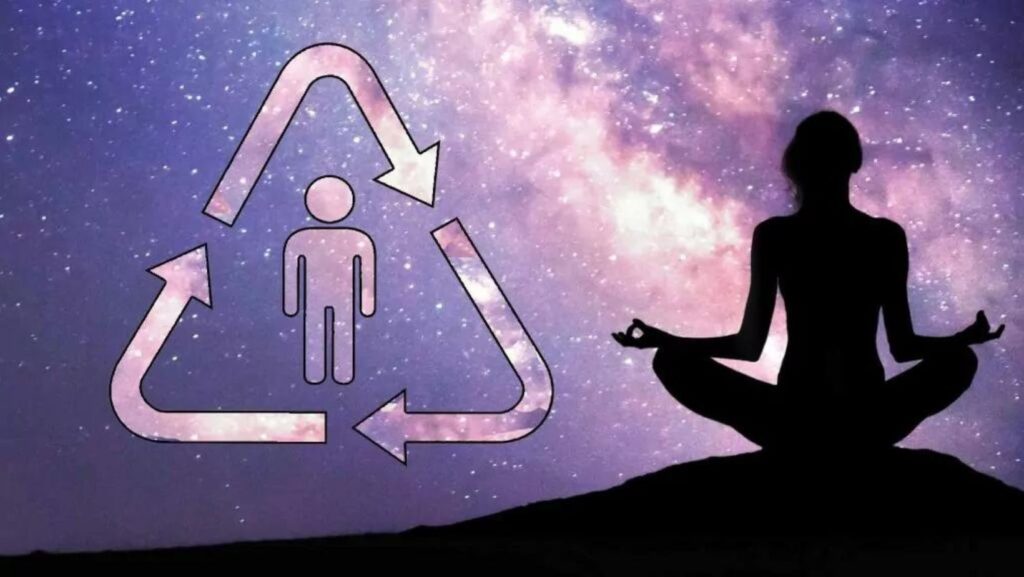Symbol:lkns8rdrd_a= Reincarnation

In a world where digital communication and virtual meetings reigns supreme, symbols have become the unsung heroes of expression. From emojis to logos,these small yet powerful images convey complex ideas and emotions with just a glance. But what happens when these symbols evolve, taking on new meanings and forms? Enter the fascinating concept of symbol reincarnation, where symbols are reborn, adapting to the ever-changing cultural landscape.
Symbol reincarnation isn’t just about visual transformation; it’s a reflection of societal shifts and technological advancements. As cultures blend and technology advances, symbols must adapt to stay relevant. This phenomenon highlights the dynamic nature of human communication, where a simple icon can carry a rich tapestry of historical significance and modern interpretation.
Understanding symbol reincarnation offers insight into how we connect and communicate in today’s fast-paced world. It’s a testament to the resilience and adaptability of symbols, ensuring they remain a vital part of our shared language.
Understanding Symbol Reincarnation

Symbol reincarnation refers to the process where symbols acquire new meanings or evolve within cultural contexts. Symbols, such as emojis and logos, adapt in response to societal and technological changes. Their evolution allows for continued relevance in digital communication. For example, the thumb-up emoji, once a simple sign of approval, now conveys diverse sentiments depending on culturalnuances.
Cultural relevance ensures symbols remain meaningful in communication. As societies shift, symbols must reflect new social norms and ideas. The peace symbol, originating from anti-nuclear campaigns, now often symbolizes broader visions of harmony and equality.
Technological advancements drive the transformation of symbols. Digital platforms demand adaptable symbols for effective expression. Emojis, for instance, started as basic expressions of emotions but have expanded into sophisticated tools for nuanced communication.
Symbol reincarnation highlights adaptability and resilience. These characteristics enable symbols to maintain a crucial role in global communication, bridging diverse cultures and facilitating understanding. The ongoing evolution of symbols underscores their importance in articulating experiences and emotions in an ever-changing world.
Historical Context
Symbol reincarnation has roots in ancient beliefs and practices, evolving over centuries to embody contemporary meanings. Understanding these origins provides insight into the enduring significance of symbols in human culture.
Ancient Beliefs and Practices
Ancient civilizations viewed symbols as powerful conveyors of divine messages. Egyptians used hieroglyphs for religious texts and communication with deities. In China, Yin and Yang symbolized cosmic duality and balance, reflecting harmony in nature. Celtic culture incorporated symbols like the Triskelion, representing life cycles and spiritual rebirth.
Evolution Over Time
As societies developed, symbols transformed to meet shifting cultural needs. During the Renaissance, artistic symbols conveyed new philosophical ideas amid humanism’s rise. The Industrial Revolution introduced logos, marking brand identity in a burgeoning consumer culture. The digital age redefined symbols further, adapting emojis and digital icons for global communication contexts.
Modern Interpretations
Modern interpretations of symbol reincarnation explore its evolving role in today’s interconnected world. Contemporary communication demands that symbols reflect cultural diversity and adapt to various contexts.
Cultural Significance

Symbol reincarnation holds significant cultural value as it connects tradition with present-day relevance. For example, the rainbowsymbol, historically representing peace, now encompasses LGBTQ+ pride and diversity. This shift exemplifies how symbols remain resilient, integrating new cultural meanings. In digital spaces, emojis have become universal signifiers, transcending language barriers while adapting to cultural specifics. The evolving nature of these symbols underscores their importance in cross-cultural communication, reflecting societal changes.
Symbol reincarnation remains a testament to the fluidity and resilience of human communication. As societies and technologies evolve, symbols adapt, acquiring new meanings and reflecting cultural shifts. This dynamic process underscores their vital role in bridging diverse cultures and enhancing understanding in a globalized world. From ancient hieroglyphs to modern emojis, symbols continue to shape and enrich human interaction, embodying both historical significance and contemporary relevance. As individuals and communities navigate an ever-changing landscape, the enduring power of symbols ensures they remain a crucial part of our shared language and cultural heritage.


